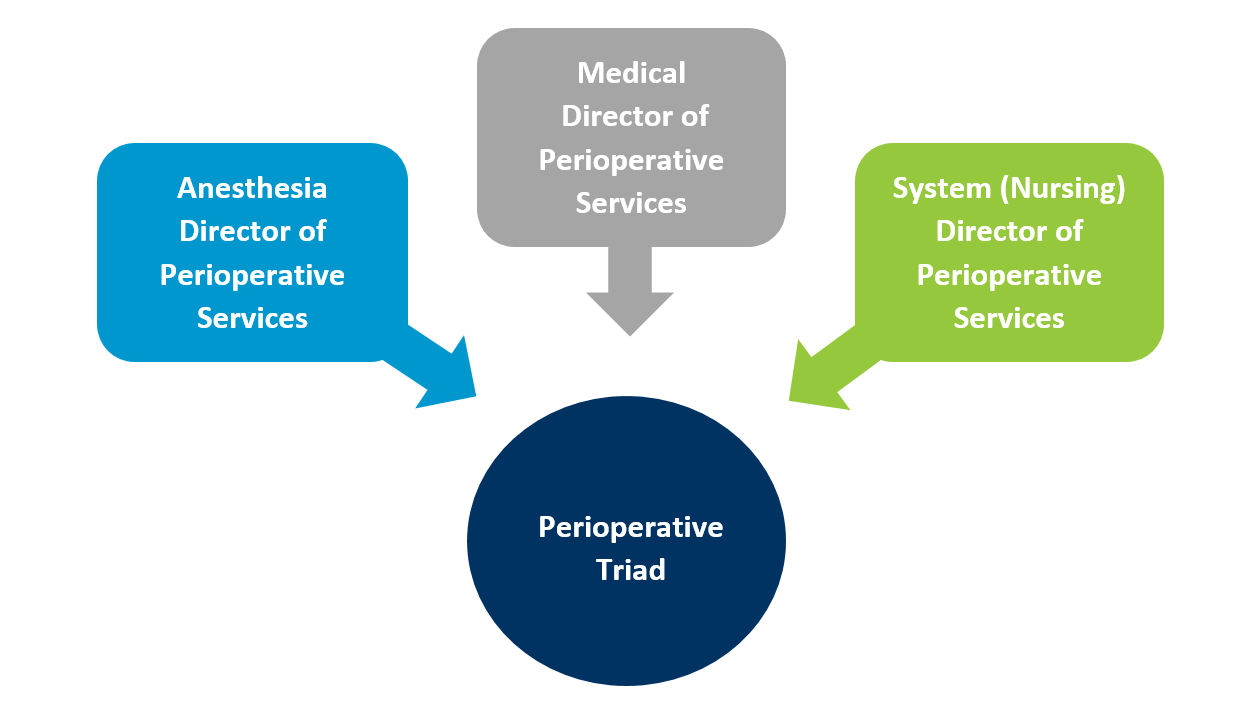The goal of any operating room product is safe, efficient patient care. In order to achieve this objective, all members of the interdisciplinary health care team must effectively manage their roles and responsibilities. This includes setting expectations, creating a culture of safety where each surgical team member feels safe to speak up, and building communication pathways that are standardized, timely and clear. The surgical team must overcome the challenges that are a part of the ever fluid perioperative department. A department comprised of a wide variety of health care disciplines, each with their own communication methods and challenges, require cooperation and partnership to cross these lines.
A step in the right direction includes having perioperative management participate in perioperative support services, such as pathology, anesthesia and transport to facilitate problem solving and best practices ensuring smooth delivery of care. Incorporating regular collaborative practices and processes are key to creating a culture of transparent communications smoothly crossing disciplines. A few key tools to assist with bolstering collaboration in the operating room include communication boards, handoff tools, checklists, huddles, shared governance and performance improvement teams with multidisciplinary membership.
In order to create sustainability in collaborative culture change, leadership within key perioperative areas must support the removal of institutional barriers and address challenges to engage across disciplines. Leadership support of a transparent culture of communication enhances patient care and physician, staff and patient experience.
Building and maintaining this healthy culture requires a strong perioperative leadership team: Surgeon, Anesthesia and Nursing. These leaders will be your clinical coordinators acting as a resource for day to day operations and providing oversight on strategic operating rooms goals. They demonstrate the breakdown of silos, exhibit as effective collaborators, and assist with the alignment of incentives to drive improvements in perioperative services.
 The responsibilities of this Perioperative Triad (Medical Directors of the Operating Room) include but are not limited to:
The responsibilities of this Perioperative Triad (Medical Directors of the Operating Room) include but are not limited to:
- Achieve benchmark levels of patient care and surgeon satisfaction
- Strategic Planning and Operational Leadership
- Collaborate with governing body to develop and achieve strategic perioperative service goals and objectives
- Operational authority over governance approved policies
- Data Management
- Assist governance with designing and implementing perioperative utilization and management strategies
- Presentation of dashboard on perioperative performance indicators at monthly governance meetings
- Participation in appropriate utilization and efficiency improvement activities
- Physician and Staff Relations
- Physician and Staff Onboarding
- Set and establish expectations, communicate guidelines, provide information on equipment and supplies
- Serve as conflict resolution resource among surgeons, anesthesia, and staff
- Work actively to promote positive relations with other clinical departments and the Medical Staff at large
- Ensure physician and staff awareness of governance policies and guidelines impacting surgical operations at the Hospital
- Physician and Staff Onboarding
Recommended Personal Characteristics of Triad Members/Medical Directors of Operating Room
- Strong interpersonal skills in communication, negotiation, and conflict resolution
- Diplomatic and demonstrates ability to get along with medical colleagues
- Maintains highest standards of clinical practice
- Willingness to teach and provide educational programs relating to Surgical Services operations and management
- Demonstrates fiscal responsibility in operations management
- Visionary
It is through constant, daily practice of effective communication that a safe, efficient patient experience across the continuum of care is provided. Additionally, a culture is created where all individuals are able to perform their responsibilities optimally, in a team-supported environment. Each perioperative person has a responsibility to this team-member mentality to sustain a safe culture of collaboration and enable the organization to produce optimal patient care.



